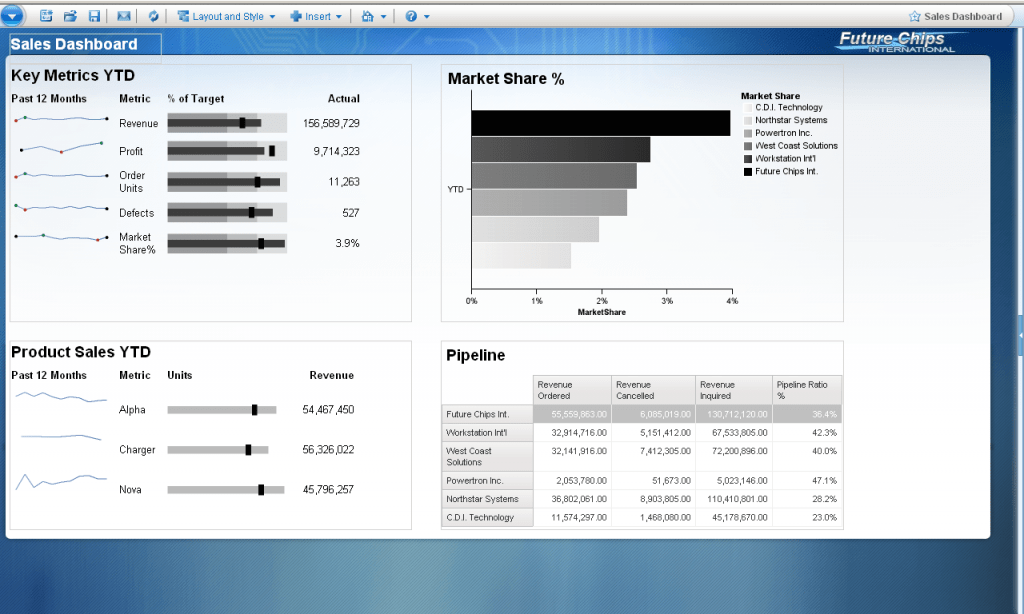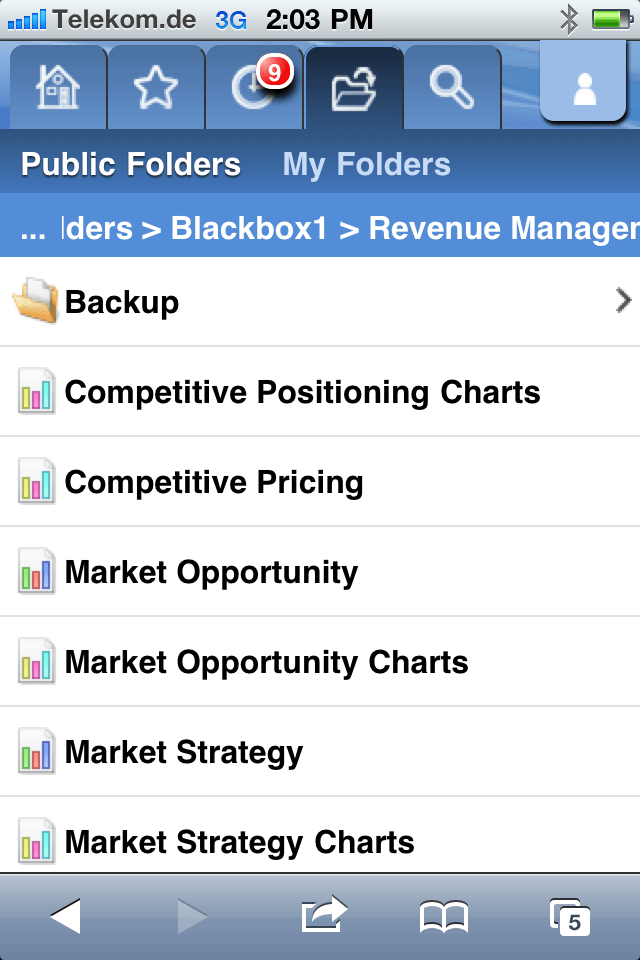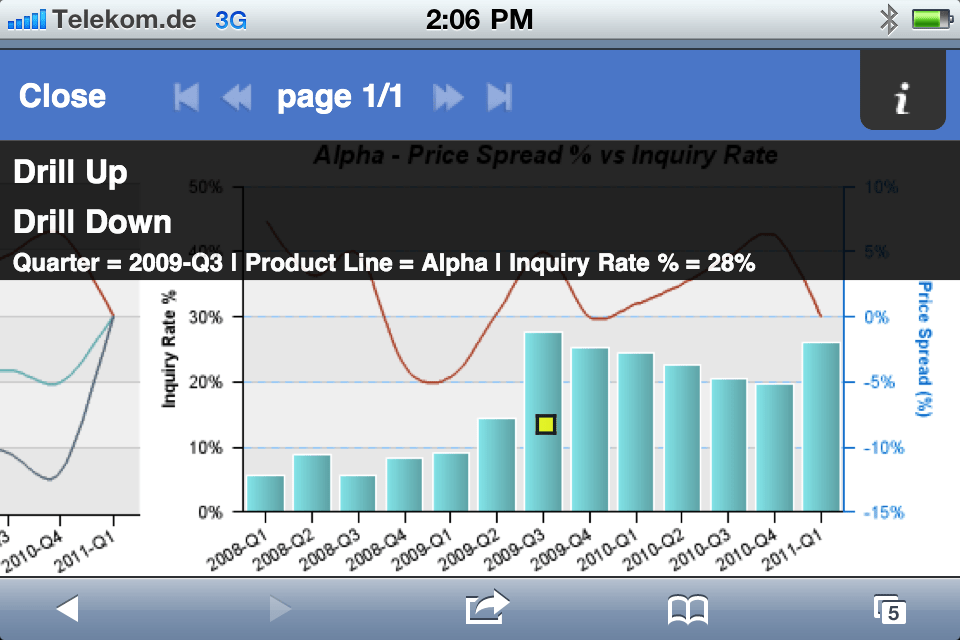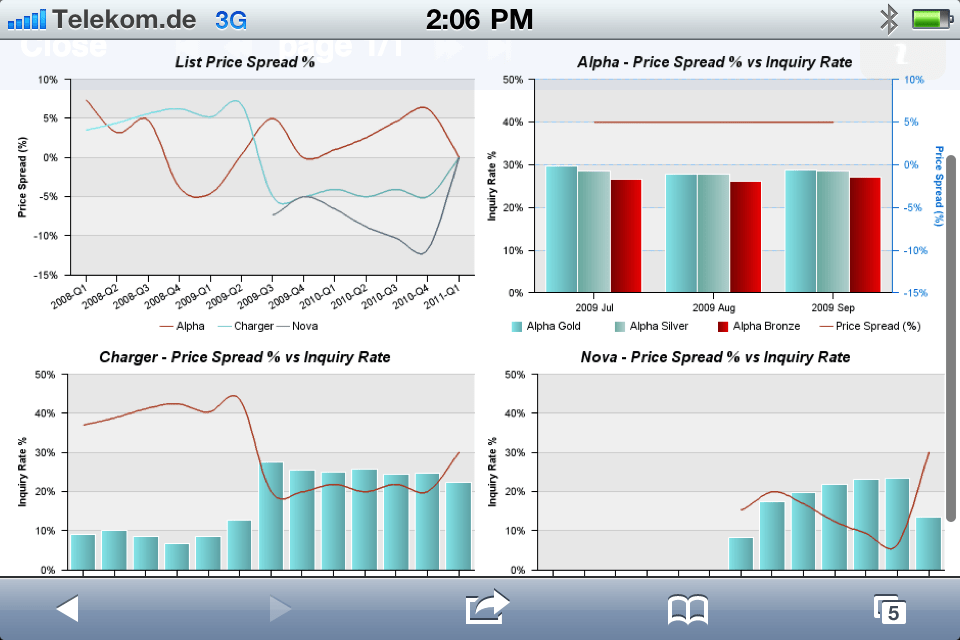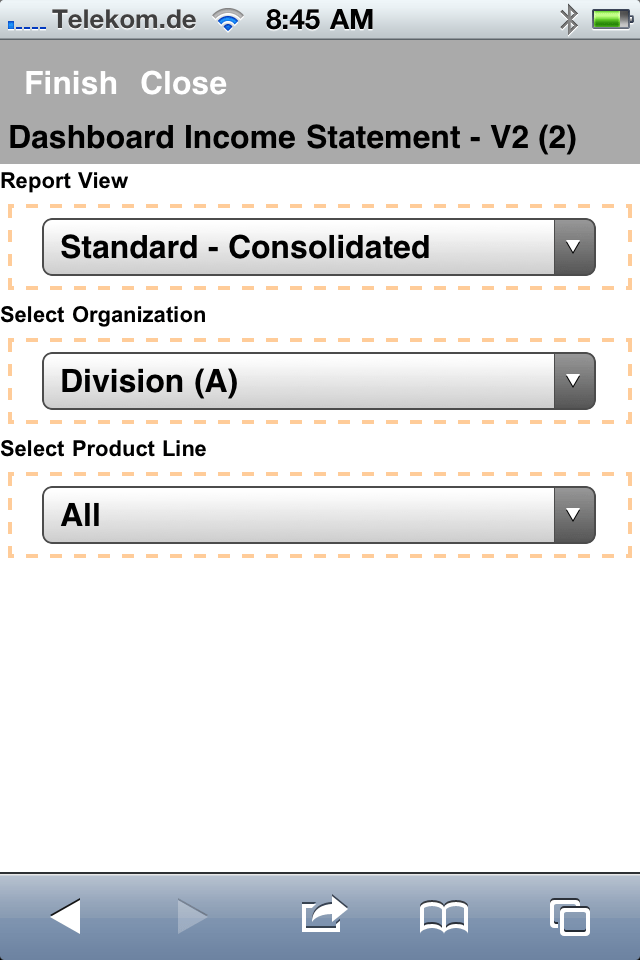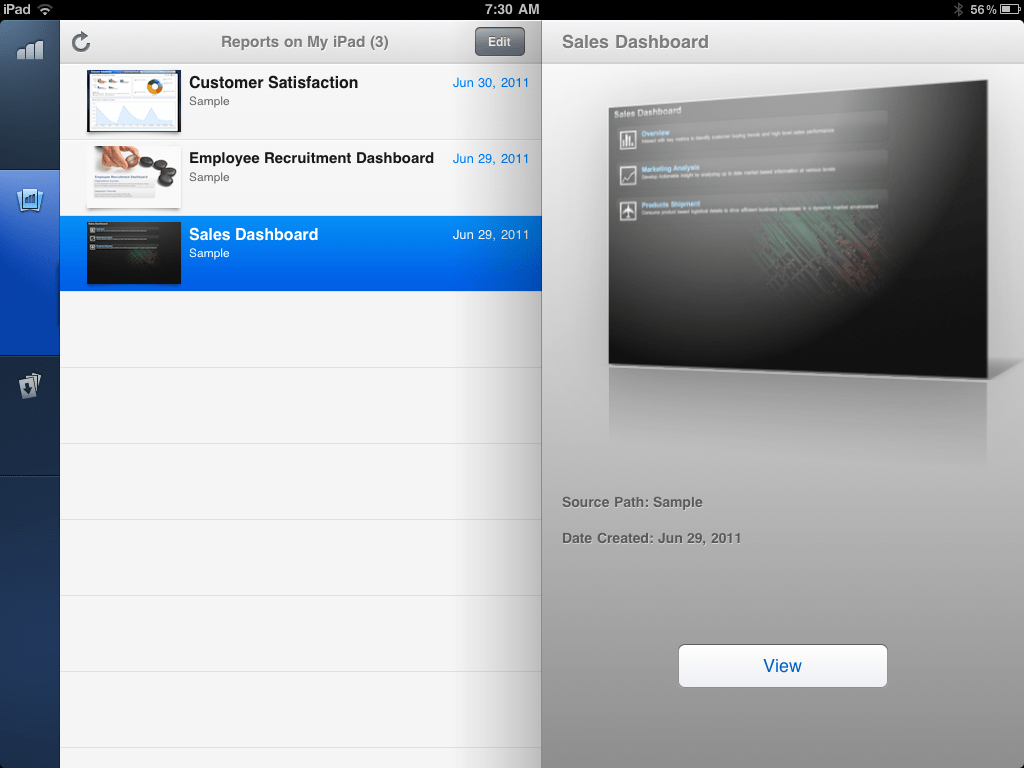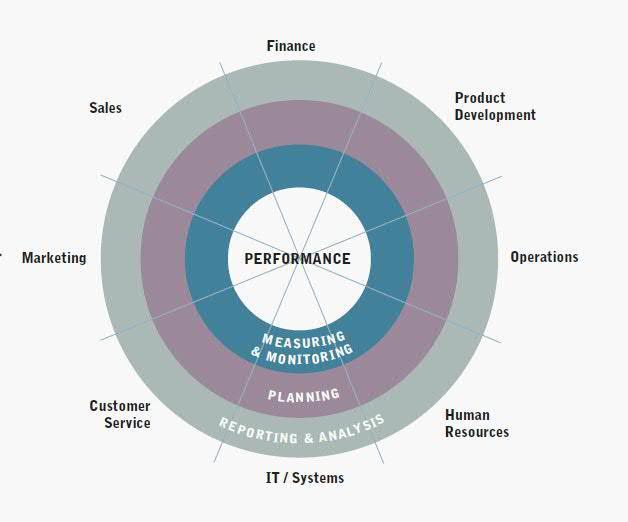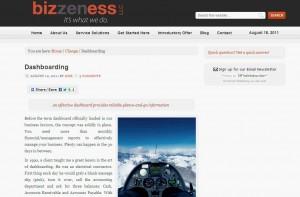Your dashboard should provide the least amount of the most critical data
In a previous post I discussed the art of dashboarding at a very fundamental level. That post sparked enough interest that I wanted to follow with more discussion about the practical aspects of dashboarding.
Here are three of the most compelling practical questions on the subject:
- How should my company be using a dashboard(s)?
- What is the basic process for choosing my KPI’s?
- What are some common mistakes I should avoid in my dashboarding?
Dashboarding in Your Organization
You have probably seen a view of mission control during a space shuttle mission. There is a large screen on the wall tracking the most basic information about the shuttle – where it is, its projected path on the current trajectory, speed, and other basics. That is Houston’s dashboard.
Dozens of mission specialists are seated around the large screen viewing their own small screens – their own dashboards. Each specialist has an area of responsibility, so each has his/her own dashboard, providing real time data indicating the performance of the key systems for their area of responsibility. For example, the APU specialist probably has a screen showing the amount of power from and condition of each APU – auxiliary power unit.
Mission Control in Houston provides a comprehensive example for your own dashboarding program. The contents and use of each dashboard is determined by the goals and objectives of the user’s area of responsibility – from the big screen on the wall (responsible for mission success) to the screens on each person’s desk (e.g., responsible for APU’s).
Each business has a unique dashboard specific to its objectives and industry, and each critical function of the business has its own dashboard specific to its area of responsibility. The CEO watches the entire business entity, the CFO watches the financial systems, the COO watches operations, and so on. For small and medium size businesses (SMB), the business owner usually gets the privilege of watching all of these areas, making their dashboarding program even more important and more challenging.
Breaking down your organization by functions will help in the layout of your dashboarding program. Each dashboard should be designed to provide glance and go information – the least amount of the most critical data for the function. If there are multiple levels of managed responsibility, a cascading dashboard program should be used – multiple dashboards providing KPI’s for each area of responsibility.
Next Time . . .
Check in on my next post as I conclude with Questions 2 and 3, providing some insight into the process of selecting your KPI’s and address some of the most common and damaging mistakes people make in dashboarding.
 About the author of this post:
About the author of this post:
Mike Duncan is Partner and co-founder of Bizzeness, LLC. Mike began his career with KPMG and Deloitte. He has been a business owner and advisor for over 30 years serving over 300 businesses in various capacities. Mike focuses on SMB’s with concept development, business modeling, start-up, market adaption, strategy and succession. Mike lives in the Kansas City area. You can contact Mike at mike@bizzeness.com.

